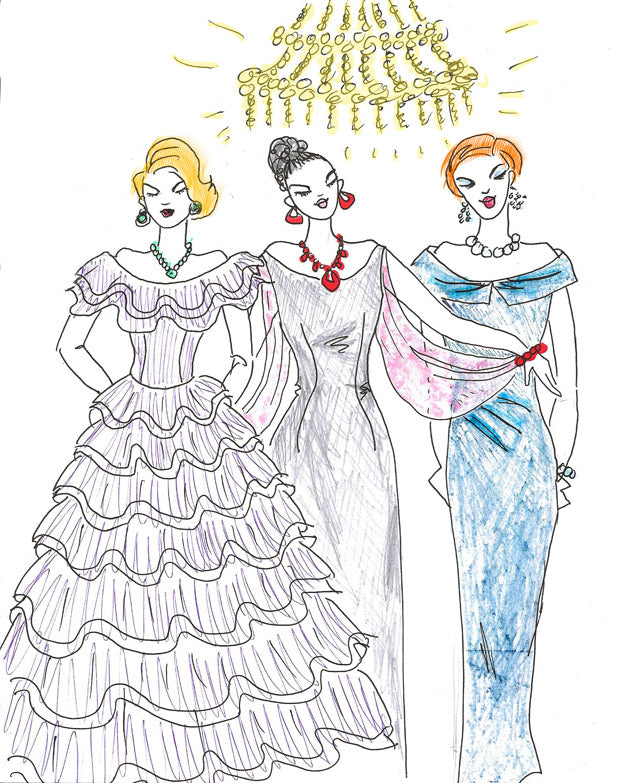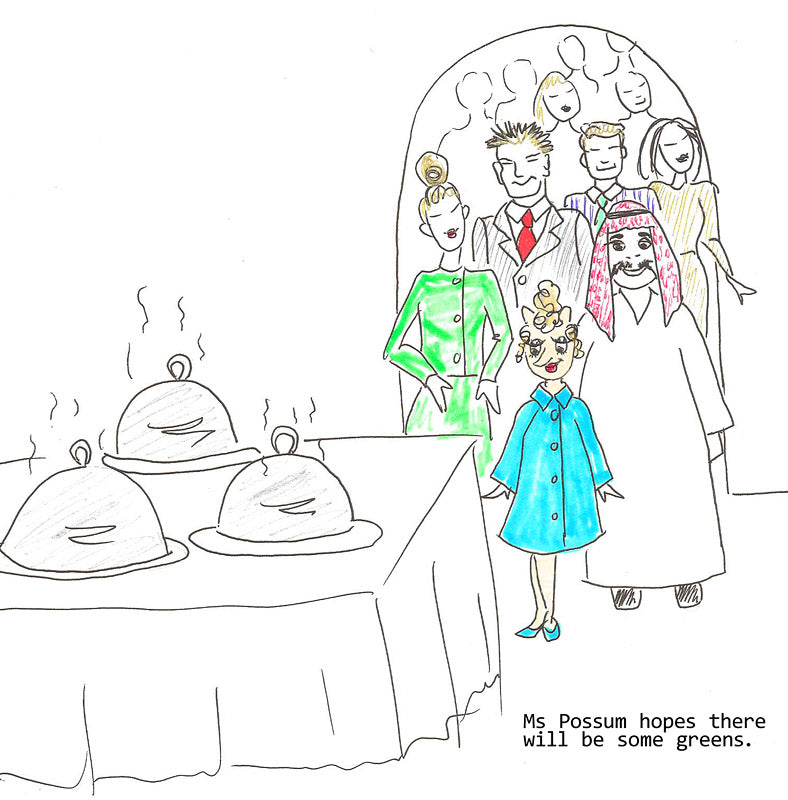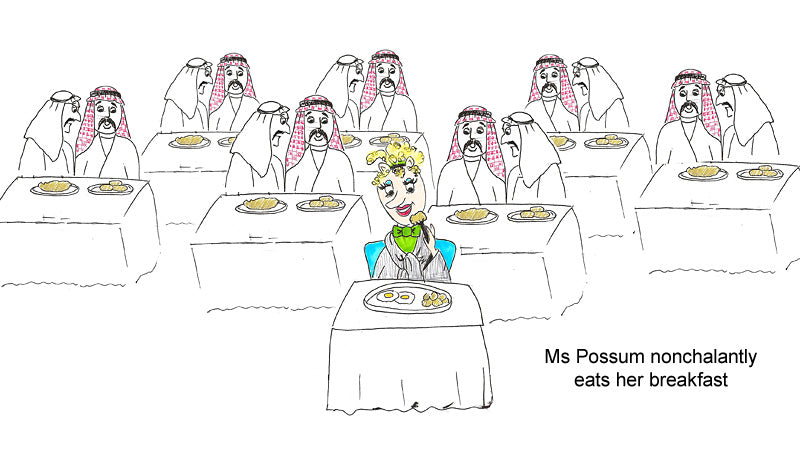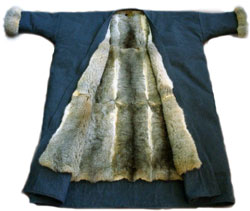- Applies to any value of website order
- Deliveries will be from early July 2025
- Order now to be 1st in the queue
Fur Farming vs. Wild Fur
The fur farming industry began in the late nineteenth century in Canada. Since then, demand for fur-farmed pelts has grown and now makes up 85% of the worlds fur supply. The vast majority of farmed animals are mink and fox. The methods for killing the pelts vary from species to species.
While fur farming is banned in many countries, the traditional fur farming regions are North America and Northern Europe. However, in recent years China has become the world’s largest importer and re-exporter of fur.
There was a major decline in demand for fur during the 1990’s, largely due to concerns regarding the inhumane treatment of the animals, and the assertion that animal welfare was being sacrificed for profit. Since the year 2000 there has been a climbing demand for fur, and this resurgence has coincided with a rise in disposable income in lands like China and Russia.
As with most types of farming, the conditions that animals are kept in are varied. For example, in cages minks (generally solitary animals) display negative behaviour such as endless pacing. Another factor that gives cause for concern is the build-up of fecal matter. This is often cited as a cause for poor animal health.
Fur trappers argue that fur from animals that live their whole lives in the wild is of better quality.
New Zealand’s burgeoning Possum eco-fur industry is strictly ‘free-range’. Because New Zealand has no native land mammals (other than the Pekapeka or Bat) there is no farmed-fur industry. The importation of mink is banned, so the only fur-bearing species is the feral Australian Brushtail Possum.
With over 70 million Possums having a negative impact on the eco-system, trapping plays an integral part in the Possum eradication strategy.
In New Zealand gin traps have been prohibited through by-laws, but there have been concerns regarding how humane the leg-hold traps are. From January 2008, the New Zealand government has introduced strict new laws regarding what traps can be used, in an effort to minimize suffering and distress for the Possums.
The wild Possum fur is magnificent, particularly if it comes from the South Island of New Zealand. The verdant native bush provides plenty of food for the Possum to grow large, and the colder climate results in a thicker fur – just perfect for our warm Possum Fur throws!
While humane fur farms will never go away, we believe that New Zealand Possum fur is the best alternative.
By purchasing garments made from feral Possum fur, you’re helping with our eradication plan, and getting a wonderfully warm product. Plus, since the Possum is so abundant, there is no shortage of raw materials. This means that compared to furs like mink and fox, Possum is incredibly economical. Buy a Possum and save a forest!




